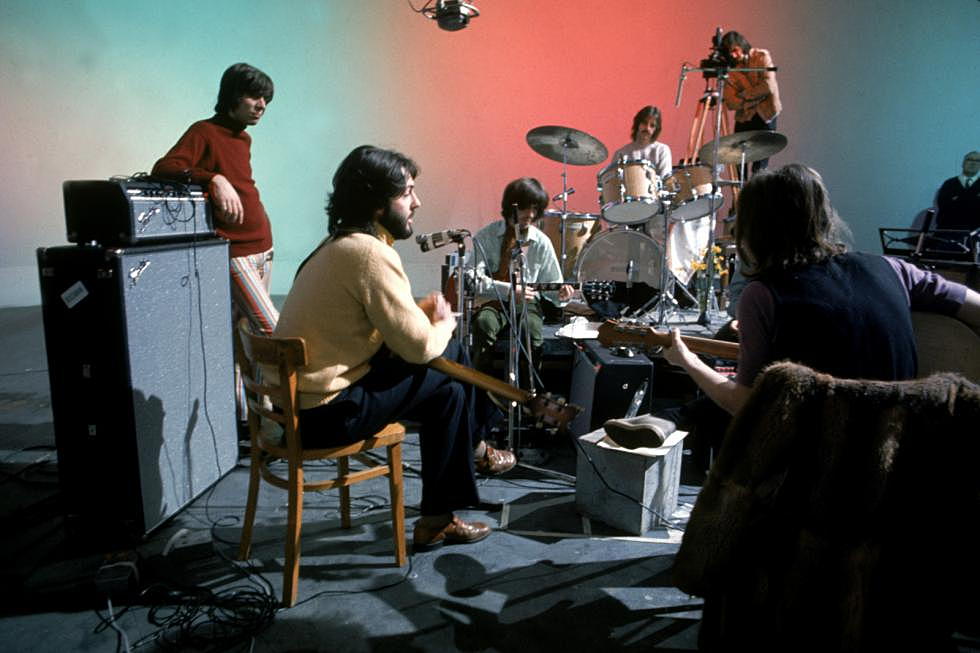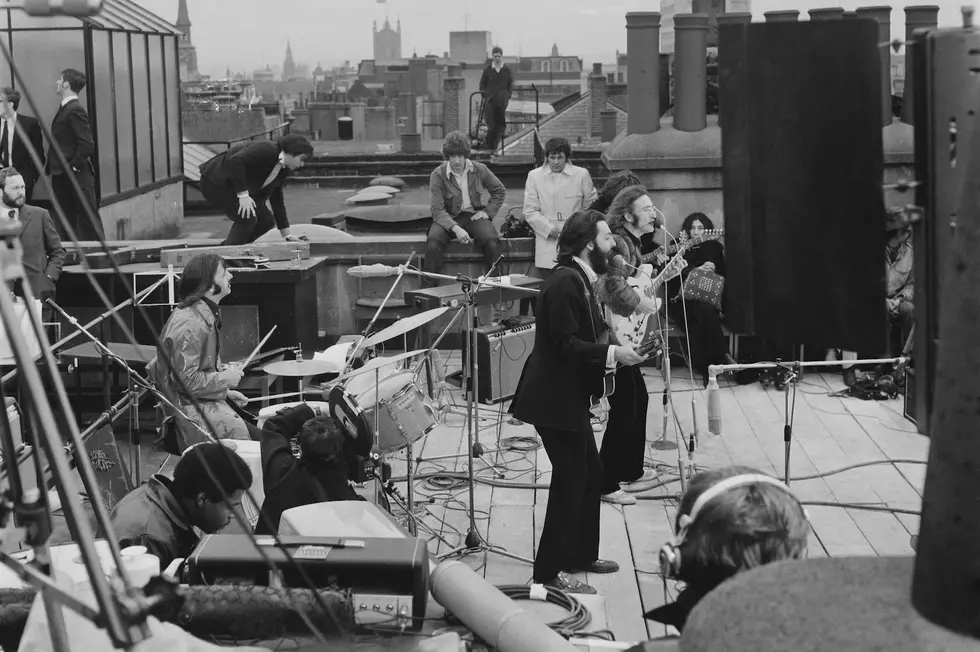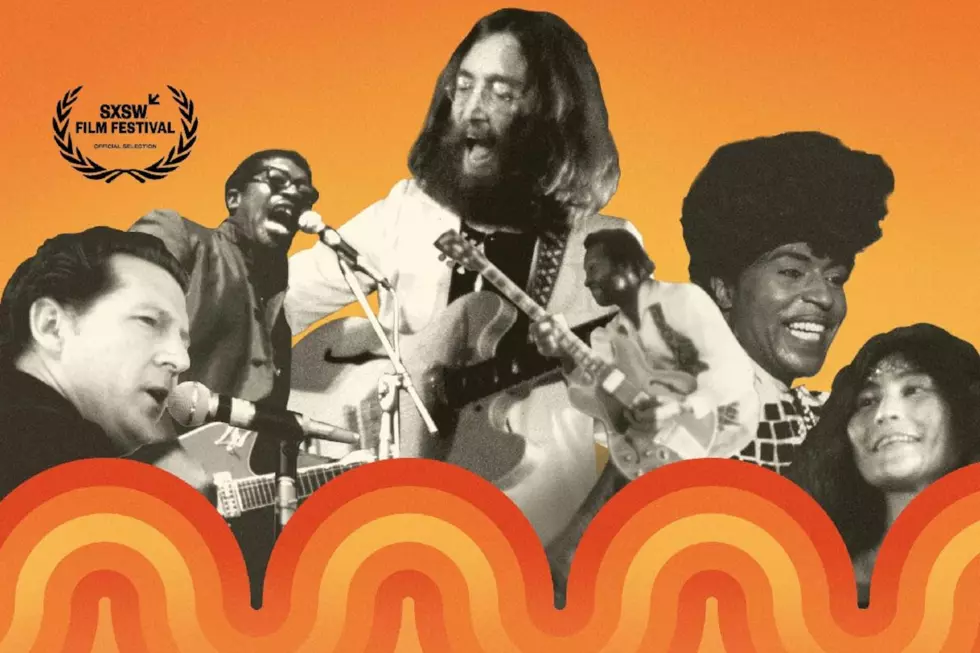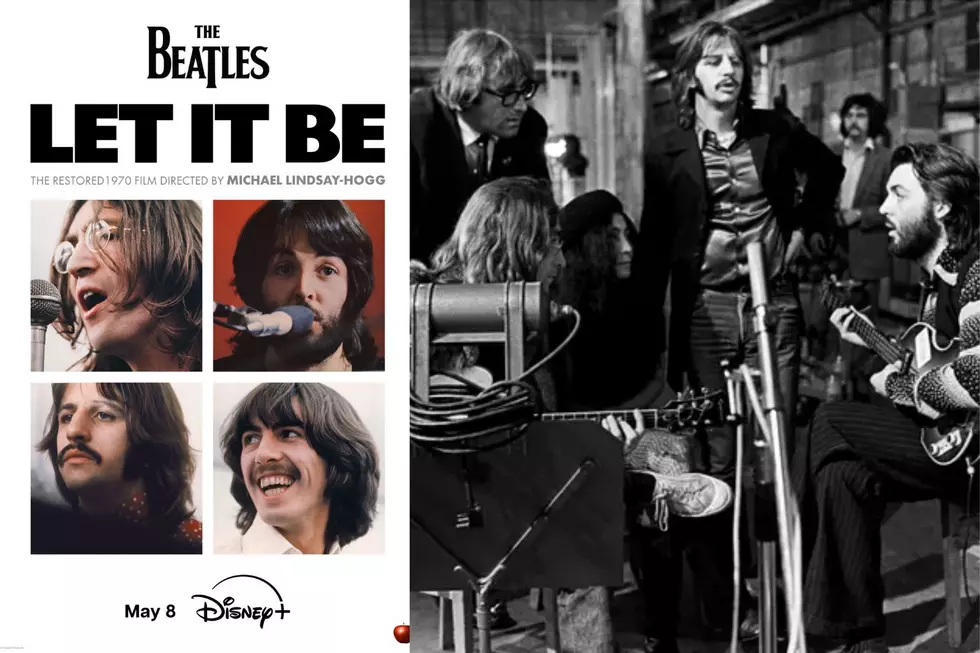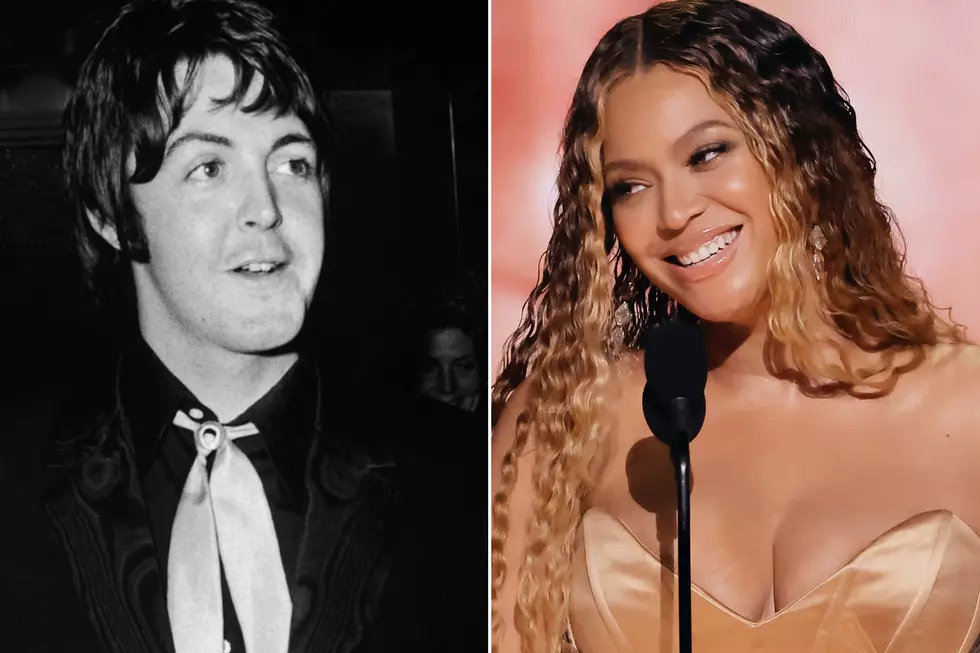
Beatles’ Aptly Named ‘With a Little Help From My Friends’ Showcases Ringo Starr: The Story Behind Every ‘Sgt. Pepper’ Song
“With a Little Help From My Friends” is perhaps Ringo Starr's most famous moment with the Beatles. But the familiar Sgt. Pepper’s Lonely Hearts Club Band cut is also notable for the way it recalled the initial collaborations between composers John Lennon and Paul McCartney.
In the band's early days, the songwriting team of Lennon/McCartney was actually that: The duo assembled songs together, trading lines and creating in partnership. By 1967, however, that was rarely the case. One might contribute a lyric or help with a bridge, but the two Beatles often only added last-minute assistance to songs mostly written by either Paul or John. Recording the newer, more complicated and more challenging songs became a bigger part of the Beatles’ collaboration than writing.
Lennon and McCartney went back to the old ways of doing things in late March 1967, partially because of pressure from their record label. EMI was growing impatient with a recording schedule that now stretched back to November 1966. The single release of “Strawberry Fields Forever”/“Penny Lane” had been a lucrative stopgap, but the label wanted an LP.
For their part, the Beatles knew that a key component of the new album was still missing. The lead title track to Sgt. Pepper’s Lonely Hearts Club Band was completed, but left dangling at the end with the idea that it would segue into another song. At the same time, Sgt. Pepper also didn’t have a song on which Ringo sings lead – something of a tradition on Beatles albums. So, on March 28, Paul and John began to fulfill those obligations by writing a new song for Ringo, in tandem.
Working at Lennon’s home, the two nailed down the refrain and the song’s melody, attempting to keep it constrained to stay in Ringo’s limited vocal range. “Paul had the line about ‘little help from my friends’,” Lennon said in 1970. “He had some kind of structure for it – and we wrote it pretty well 50/50 based on his original idea.”
The working title for the tune became “Bad Finger Boogie,” coined with Lennon played the melody on piano with his middle finger, due to an injury to his forefinger. A couple years later, the title would be resurrected to name a new band signed to the Beatles’ Apple Records – Badfinger.
On March 29, the pair met up at McCartney’s house to complete "With a Little Help From My Friends." Beatles biographer Hunter Davies was there to watch them work and got a rare view of their songwriting relationship. Paul and John, on piano and guitar respectively, began by goofing around, just to get the creative juices flowing. (They played both “Can’t Buy Me Love” and “Tequila.”) When they finally got to work on the song, according to Davies, Lennon and McCartney could be found debating lines and phrasing.
One was particularly memorable: “What do you see when you turn out the light / I can’t tell you but I know it’s mine.” “I remember giggling with John as we wrote [those] lines,” McCartney said in Many Years From Now. “It could have been him playing with his willie under the covers, or it could have been taken on a deeper level; this was what it meant but it was a nice way to say it, a very non-specific way to say it. I always liked that.”
With the song’s melody, call-and-response structure and at least some of the lyrics done, they had Starr and George Harrison meet them at EMI studios that evening. Lennon and McCartney hastily finished the rest of the words, referencing their pal’s modest singing abilities. Ringo was OK with the friendly jabs, but he wasn’t thrilled with one particular lyric.
“They had one line that I wouldn't sing. It was ‘What would you do if I sang out of tune? Would you stand up and throw tomatoes at me?'” Starr recalled in Anthology. “I said, ‘There’s not a chance in hell am I going to sing this line,’ because we still had lots of really deep memories of the kids throwing jelly beans and toys on stage – and I thought that if we ever did get out there again, I was not going to be bombarded with tomatoes.”
The lyric was altered to “Would you stand up and walk out on me,” then they got to work on the song’s basic track – achieved in 6/8 time with Paul on piano, George on guitar, Ringo on drums and John on cowbell (the last of which is far from prominent in the final mix). Producer George Martin played a bit of Hammond organ at the beginning, as part of the “Bil-ly Shears!” intro that would help the track transition from “Sgt. Pepper.”
By the time the Beatles got a usable take, it was early the next morning. Starr was ready to go to bed. Before he could leave, however, the other members convinced Ringo to record his lead vocal then and there – perhaps because they felt he would be less nervous in his tired state. Harrison, Lennon and McCartney stayed with Starr to coach him through the takes, as well as that final high note.
“All three of his compatriots gathered around him, inches behind the microphone, silently conducting and cheering him on as he gamely tackled his vocal duties,” engineer Geoff Emerick recalled in Here, There and Everywhere. “It was a touching show of unity among the four Beatles.”
The lengthy session ended after 5 a.m. on March 30, the same day that four somewhat tired Beatles posed for the famous cover photo for Sgt. Pepper’s Lonely Hearts Club Band. After shooting the Peter Blake-designed album sleeve, the boys returned to the studio for McCartney, Lennon and Harrison to record their share of the harmony vocals on “With a Little Help From My Friends,” along with overdubs on tambourine from Starr, guitars from Harrison and bass from McCartney. As with many songs on Sgt. Pepper, Paul’s Rickenbacker bass took extra prominence on the recording; it almost become a lead instrument on “With a Little Help.”
This was the last major track completed for Sgt. Pepper; “With a Little Help From My Friends” also basically marked the end the LP’s larger concept. After the transitional screams of the crowd (stolen from the band’s Hollywood Bowl recordings) fade out and “Billy Shears” is introduced, the idea of the Beatles being the “Lonely Hearts Club Band” dies, with the exception of the short “Sgt. Pepper” reprise on Side 2.
“With a Little Help” became one of the album’s most famous tracks, for a number of reasons. One of them was that radio DJs who wanted to play the title track often included “With a Little Help From My Friends” because of how the tunes were seamlessly linked on the recording. Another was because of the song’s simple, sing-along nature: It was less childlike than “Yellow Submarine,” yet still approachable and sunny – even with the sly drug reference of “I get high with a little help from my friends.”
“With a Little Help From My Friends” went to the top of the U.K. charts three times, although never in a version by the Beatles. In 1968, Joe Cocker hit No. 1 with perhaps the most famous cover. (It was later used as The Wonder Years theme.) Wet Wet Wet followed in 1988, and then Sam & Mark in 2004.
Regardless of those other successful incarnations, “With a Little Help From My Friends” will always remain closely associated with Ringo Starr. An ageless component of shows by Ringo’s guest-packed All-Starr Band, it also served as a rousing finale at Ringo's induction into the Rock and Roll Hall of Fame. Decades later, he was still getting by with a little help from his musical friends.
Beatles' 'Sgt. Pepper's' Cover Art: A Guide to Who's Who
More From Ultimate Classic Rock


